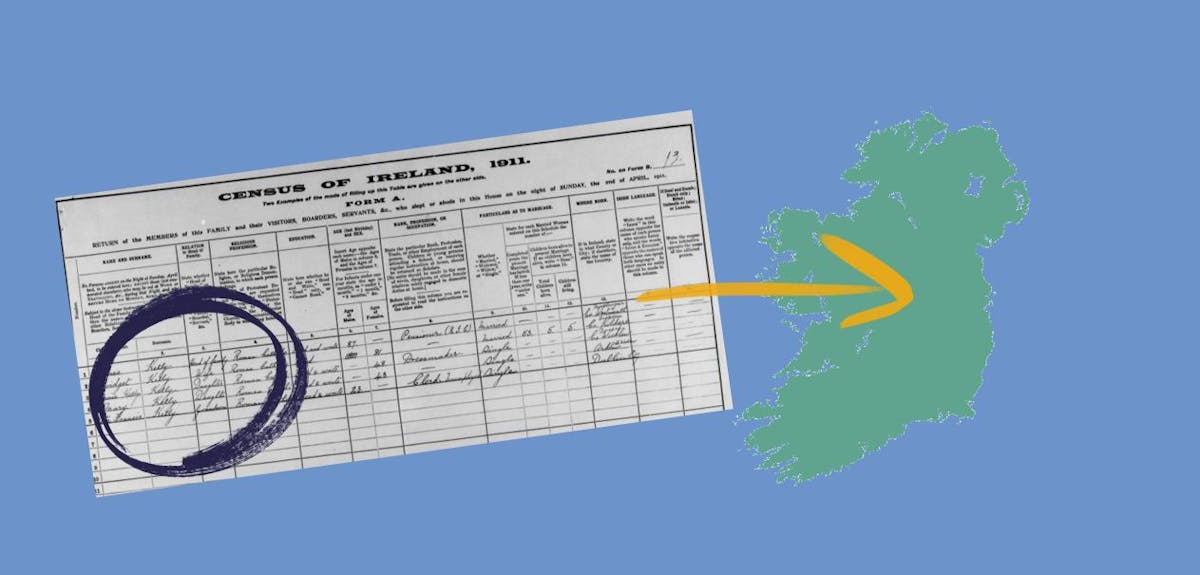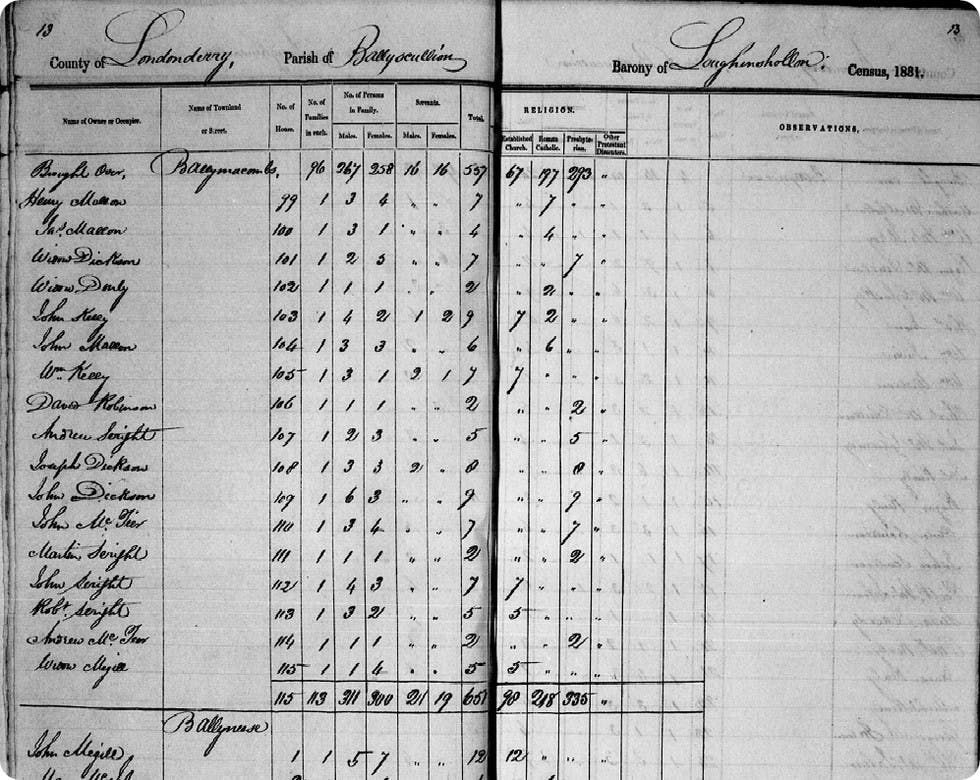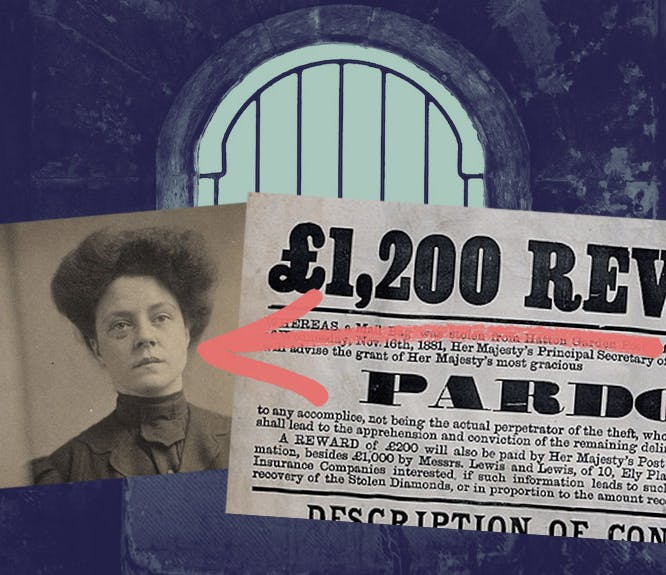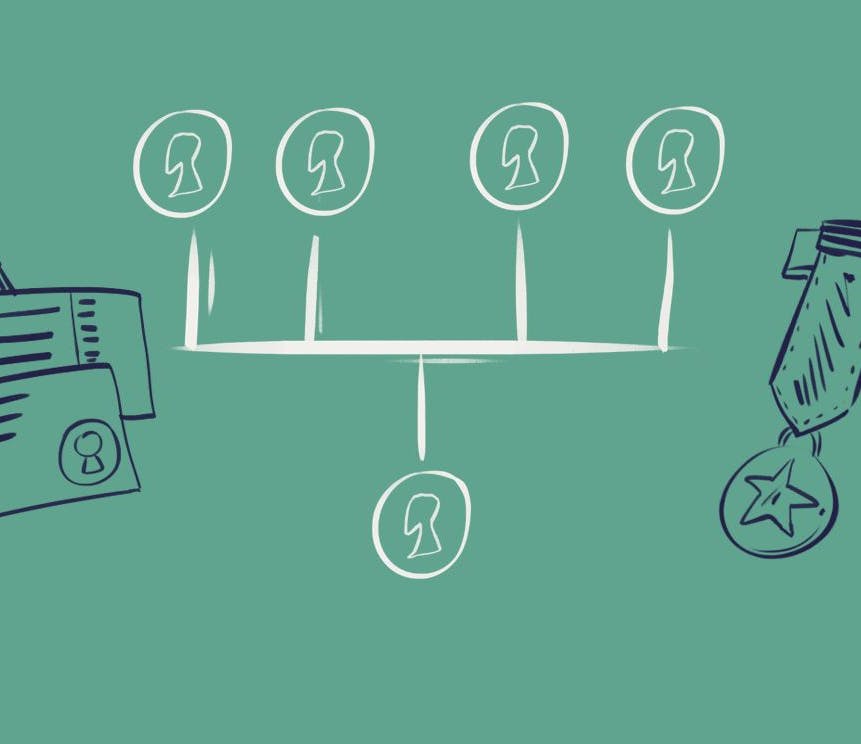Everything you need to know about Irish census records
3-4 minute read
By Niall Cullen | February 26, 2020

Relatively few historical Irish census records survive, but the ones that do could be key to unlocking your past. Here's how to use census records from Ireland to trace your family story.
A lack of census records is one of the reasons Irish family trees have a reputation of being tricky to build. Relatively few Irish census records survive when compared to the equivalents in the UK or America. Most of them were destroyed during a fire at the Public Record Office of Ireland in 1922. This can make it a challenge to pinpoint your family generation-by-generation. However, as a starting point into your Irish past, the census collections that remain are a vital resource. And you'll find them all on Findmypast.
Let's take a closer look at census records in Ireland and how they can help you unlock your family story.
What Irish census records are missing and what survives?
The only fully surviving census returns for Ireland are from 1901 and 1911. Although only fragments remain for the 19th century, they document more than 600,000 people in the 1821, 1831, 1841 and 1851 censuses of Ireland. Large parts of County Cavan, Fermanagh, Galway, Offaly (King's), and Meath in 1821, Derry/Londonderry in 1831, Cavan in 1841 and Antrim in 1851 are well-represented in those surviving records.
We've made all these collections available, fully indexed and searchable in partnership with the National Archives of Ireland. What's more, all of Findmypast's Irish census records are completely free to search and view. You'll just need to be signed up, which you can do, also for free, right here.
Uniquely rich detail found in Irish censuses
The information contained in Irish census records is quite different from what was recorded in England. For example, the 1821 census returns are the most extensive, and record every member of a household.
The 1831 and 1841 census returns by contrast named the head of household, and gave statistical information about the people in the household. In 1851, all individuals are recorded fully.
In 1841 and 1851, households also had to record the names of those who were absent on the night of the census, or who had died since the previous census.

An excerpt from the the 1881 census of Ireland.
Just as you'll find in British and US censuses, as time progressed, the records become more detailed. As well as basic demographic information, the fully-surviving 1901 and 1911 censuses of Ireland requested information on religion, literacy and native Irish language skills.
Using Irish censuses to explore your family story
Here are some useful tips for getting the most out of Irish census collections.
- Our clever family tree hints automatically search Irish census records for you and provide suggestions of records matching the details on your ancestors' profiles. If you haven't already, start your online family tree today.
- The 1901 and 1911 Irish censuses feature a transcript with the most important information from the record. To see an image of the original document, and perhaps gain more insight, you can click the link through to the National Archives of Ireland website. The original record along with a transcript is included in Ireland Census 1821-1851.
- A handy feature of the 1901 and 1911 census, that you won't find on other websites, is the ability to search by other household members. This is particularly useful when the person you are searching for has a common name. Including someone you expect to be in the same household can help you narrow your search results.
- You can also search all of our Irish census records by birth year and use our +/- year variance tool to include surrounding years. Differences in your ancestors' ages from census records to other records are quite common, making this feature indispensable.
What to use instead of Irish census records
There are extensive family records available that can help plug the census gaps in your Irish past.
Ireland Census Search Forms 1841 & 1851
Old age pensions were introduced in Ireland in 1909 and applicants had to prove they were 70 years old. Officials used the 1841 and 1851 census returns as evidence. These pension applications survive. In some cases, you'll even find certified copies of census returns for specific households from all over the country within them.
Griffiths' Valuation 1847-1864
This major land survey undertaken in Ireland in the mid-19th century can help you pinpoint your Irish family's whereabouts at the time and discover more about them. If your ancestors owned or leased their land in Ireland, you should find them here. For extra context, you can also explore the accompanying maps and plans.
Ireland, Poverty Relief Loans 1821-1874
Many rural families in Ireland hit particularly tough times during the 19th century. These records of government loans to those families illustrate that point but from a family history perspective, they're rich resources. You'll find out the borrower's name and address, as well as guarantors or witnesses names.
This is just a small selection of the records you can use to replace Irish censuses in your family research. Go to the A-Z of records to see even more.
What has the Irish census revealed about your past? We love hearing your discoveries over on Facebook, Instagram and Twitter. Drop us a line using #WhereWillYourPastTakeYou? And if you need some help getting to grips with the records, reach out to the Findmypast Forum. Our friendly community are always happy to give a helping hand.
Related articles recommended for you

Explore over 1.8 million new records from Canada and the British Isles
What's New?

A whistlestop tour of every US president's ancestry
History Hub

From public intoxication to petty theft, here are our top 5 books for researching criminal history in your family tree
Help Hub

